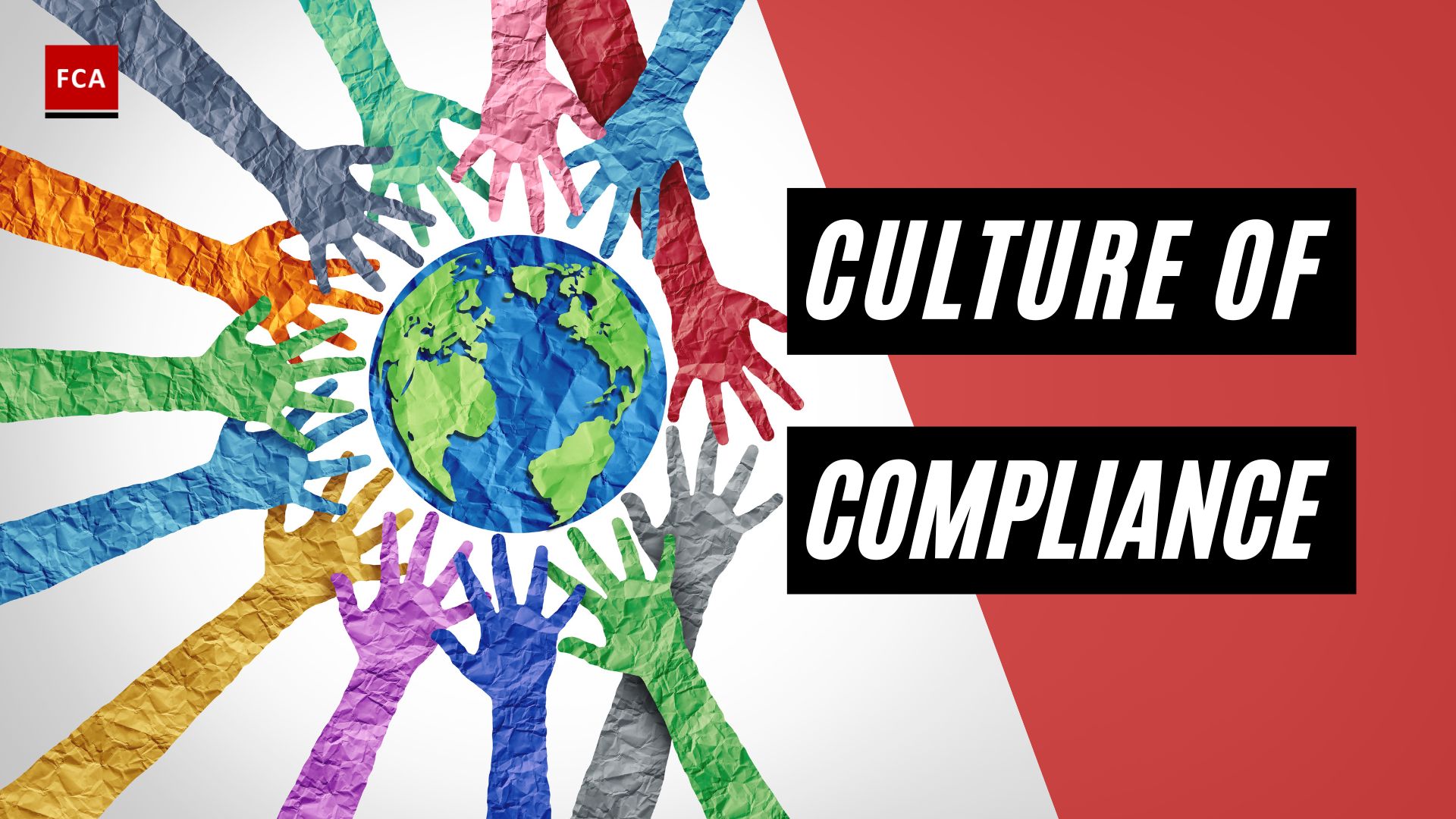Compliance reviews with data analytics are instrumental in identifying irregularities and enhancing the accuracy of financial transaction monitoring. Compliance specialists require availability of relevant and accurate data points, to perform analysis and reviews of transaction alerts, including true and false positives.
Data analytics help compliance teams in using relevant data for analysis, which help in the performance of relevant compliance risk assessments, reviews and monitoring. Data analytics approaches use technology enabled processes to capture the customer and transaction data, available in the systems.
Data Analysis greatly expands the universe of data that can be used for analysis in a meaningful way.
The performance of semantic data analysis applied to the large customer data sets containing multiple transactions, and profiles can help leapfrog issues such as irregular or inaccurate customer data points. The semantic data analysis assesses the risk of negative news content, without the complexity and cost of data normalization.

Enhancing Compliance Reviews with Data Analytics
The use of data analytics by the financial institutions in reducing the false positives, drill down through thousands of transactions or customer points or rows to make informed assessments.
Once the large customer data sets are categorized for analysis, it can be used to match the reported false positives against actual behavioural patterns, profile information, and latest activities of customers.
The use of data analytics may help the financial institutions in prioritizing the more complex and riskier transactions and activities, and define the relevant transaction scenarios and thresholds for the customers.
Data analytics help in reducing time to review the huge customer portfolio and individual customer data points, through the artificial intelligence (AI) capabilities, that work through smart algorithms which instantly penetrate in the data files, and identify the relevant information to produce meaningful data for analysis and risk assessment.
Data analytics highlight data inaccuracies, which need to be corrected to perform the relevant data analysis, for the development of a meaningful risk mitigation plan, to reduce the overall false positive cases.
Through data analytics the compliance specialist can identify the hidden transaction patterns, and links with other transactions. Data analytics predictive capability may instantly identify the hidden links of different transactions related to different customers or accounts. This capability enables compliance specialists to perform targeted and cross transactional reviews, to identify the true cause of false positives and the unreported true positive cases.
Accordingly, the transaction scenarios, thresholds, and customer profiles are reviewed and updated, to ensure that true positive scenarios and thresholds are enhanced, and linked with customers’ profiles. The process helps in contacting the customers whose profiles are changed and need updating.
The use of data analytics approach helps compliance specialists in defining the right transaction scenarios, and thresholds based on the existing customer profiles and applicable data regulations.
The data analytics approach helps in the increase of compliance specialists’ trust on the available customer and transaction data, to be used for analysis and monitoring on a consistent basis.

Final Thoughts
In a rapidly-evolving financial landscape, compliance specialists increasingly rely on data analytics to improve the accuracy and efficiency of their work. With the vast universe of customer and transaction data available, data analytics not only enables a more comprehensive review of transaction alerts, but also significantly reduces false positives. By utilizing technology-driven processes, such as semantic data analysis and AI capabilities, compliance teams can delve deep into large datasets, pinpointing irregularities and uncovering hidden transaction patterns. This technological edge simplifies complex tasks like data normalization, aids in risk assessment, and ensures more targeted reviews.
Ultimately, the integration of data analytics ensures that compliance strategies are dynamically updated, fostering trust in the available data, and facilitating more informed and timely decisions in regulatory compliance.








